Cannabis patient, budtender and growers assistant, Caleb McMillan, ponders if there is a difference between Sativa and Indica cannabis
Technically, there is no difference between Sativa and Indica cannabis. Of course, among cannabis connoisseurs, it’s hotly debated. Sativas are supposed to be the coffee-like energy boost to your body and mind, while there’s a reason why Indicas are sometimes known as “in-da-couch.” As in, don’t expect to be going anywhere when you consume it.
If you’re going to a concert or festival, take a Sativa joint. If you’re off to bed and looking for a non-alcoholic “nightcap”, smoke some Indica.
Before you light up, it’s important to be aware of your province or territory’s non-smoking rules because they apply to cannabis, too. In BC, for example, smoking is banned in all public spaces and workplaces, including within six metres of doors, windows and air intakes. Also, don’t share a joint with anyone under the age of 19 and don’t carry more than 30 grams on you at one time.
But as I said before, technically, there is no difference between Sativa and Indica.
What consumers are feeling may be the placebo effect. Just as there’s no difference in the alcohol of vodka versus beer. But, perhaps with cannabis, science hasn’t discovered exactly what is happening in the brain when one consumes. There are over 420 compounds in the plant, after all.
Tetrahydrocannabinol (also known as THC) is the most famous. It’s the active ingredient getting you “stoned.” There’s no such thing as a “Sativa” or “Indica” type of THC.
Why distinguish between Sativa and Indica?
The answer is due to the plant’s botany. Sativas are taller and stalkier. Indicas are bushier and loaded with resin. Consumers can also choose hyrbrids, cannabis strains that are a mixture of Sativa and Indica.
Of course, any experienced cannabis farmer would admit that nearly all cannabis available to consumers is a hybrid of both. “OG Kush” may be labelled as an Indica, while “Girl Scout Cookies” may be labelled Sativa, but a more accurate classification would be “Indica-dominant” or “Sativa-dominant.” Ideally, percentages would indicate how far on either side of the Sativa-Indica spectrum the strain rests.
Cannabis consumers report more cerebral experiences with Sativa, whereas Indica sends a buzz across your body, giving you the classic cannabis stereotype of couch-lock. For farmers, it’s more of a technical matter. But “Sativa” and “Indica” are not cannabis compounds.
THC is a cannabis compound. So is cannabidiol (CBD)
There is no psychological effect on the mind with CBD like there is with THC. You can smoke joint after joint of CBD-heavy strains and come away only slightly buzzed if anything at all.
CBD isolates, which extracts the compound completely and isolates it, give you zero buzz. So why consume it? CBD consumers report lower levels of anxiety when consuming it daily like a vitamin. Others report a reduction in their inflammation. And scientific papers back this up, as any quick Google Scholar search will demonstrate.
Due to prohibition, cannabis growers bred plant genetics high in THC and low CBD. The two compounds work like a see-saw, the more CBD in a plant, the less THC. Likewise, for consumers, the higher the CBD in their strain, the less effective the THC high.
With the end of prohibition in Canada, as well as many U.S. states, cannabis farmers are now selecting plant genetics high in CBD and low in THC.
But, regardless of whether the plant is CBD or THC dominant, Sativa, Indica or hybrid dominant, cannabis will produce terpenes.
What are terpenes?
You may be familiar with the terpenes produced by pine trees. Terpenes are an aromatic organic hydrocarbon. This is where the smell and aroma of the tree originates. The resin of a pine tree is the sap and can be used in essential oils.
“Stinging nettle” is a plant, many would call it a weed, found in many parts of the world. The plant has small little crystals on its leaves. This is what makes it sting.
Cannabis also has tiny crystals on it. Except instead of stinging you, it sticks to your fingers. Cannabis is, after all, the “sticky-icky-icky” as per American rapper Snoop Dogg. The little crystals on the cannabis plant won’t sting you, they will stick to you. This is where all the THC is found.
If your cannabis is lacking these “crystals” or, more accurately, terpenes, then you do not have a good bud. The more “caked” a cannabis plant is in these terpenes, the more potent it is, the higher the aroma it carries and for many connoisseurs, the tastier it is.
Shatter and other extractions
Extraction methods can turn cannabis plants into a glass-like substance. This process isolates the terpenes and flushes the plant of all its carcinogens. You then vaporise the extracted cannabis product.
Known as shatter, this is cannabis-derived to its terpene essence. The consumer is not only getting a potent hit with one toke but tasting aromas one can’t replicate by burning the plant substance.
This latter method of consumption is popular among medicinal patients who require high dosages for pain management. But it is also regularly demonised in the media likely due to its high potency and lack of understanding among medical professionals. Certainly, heating your consumption device with a hand-held torch sends a different message than using matches or a Bic lighter.
Yet, shatter continues to be popular, especially among Canada’s medical cannabis population. Although it remains to be seen how they’ll manage under recreational legalisation.
All previous medical regulations have been absorbed into the new legal framework. For better or worse, medical cannabis in Canada has become an afterthought for cannabis producers and lawmakers.
Instead of crafting regulations geared towards medical patients, the government has interpreted their court-mandated duty to “provide reasonable access” as completed under recreational legalisation. With plenty of stores and producers to buy from, medical patients are instead given the choice of writing off their cannabis purchases as medical expenses. They also have more leeway when it comes to public consumption and operating heavy machinery. But this varies, province to province.
Treating cannabis as a gift
It’s hard to say why one plant works for so many different people for a variety of reasons. Perhaps we share an evolutionary history with the plant. Perhaps a higher power put it here for us to consume. Perhaps it’s just a coincidence, a sort-of “it is what it is” situation. What’s the saying? Don’t look a gift horse in the mouth? Perhaps this is how we should approach the topic.
Contributor Profile
Editor's Recommended Articles
-
Must Read >> What is CBD and how does it work?
-
Must Read >> Is CBD oil safe and what are the benefits?
-
Must Read >> Top 7 benefits and uses of CBD oil
-
Must Read >> Can you take too much CBD?


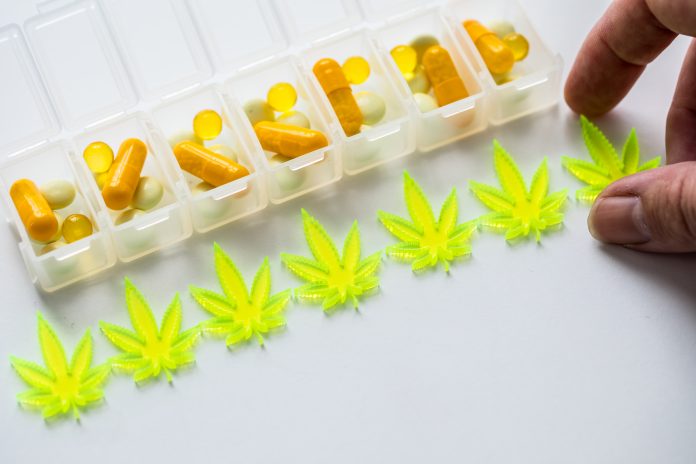

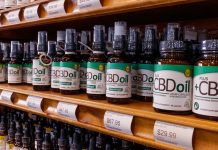
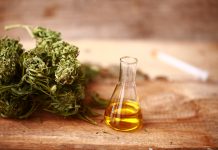
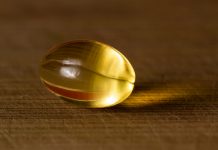

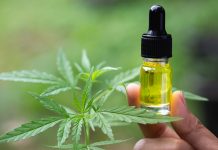









You are so right about no psychological effect on the mind with CBD, we have tried.